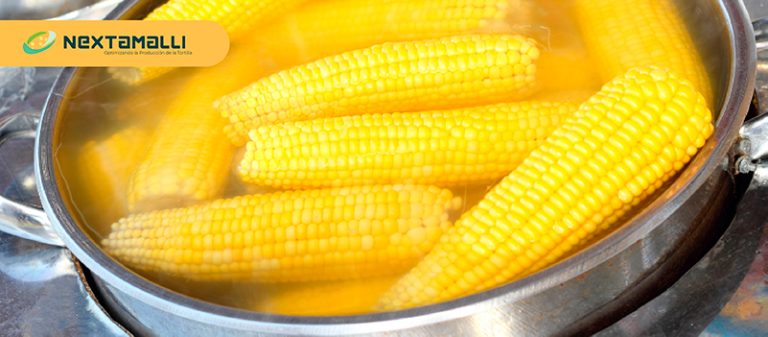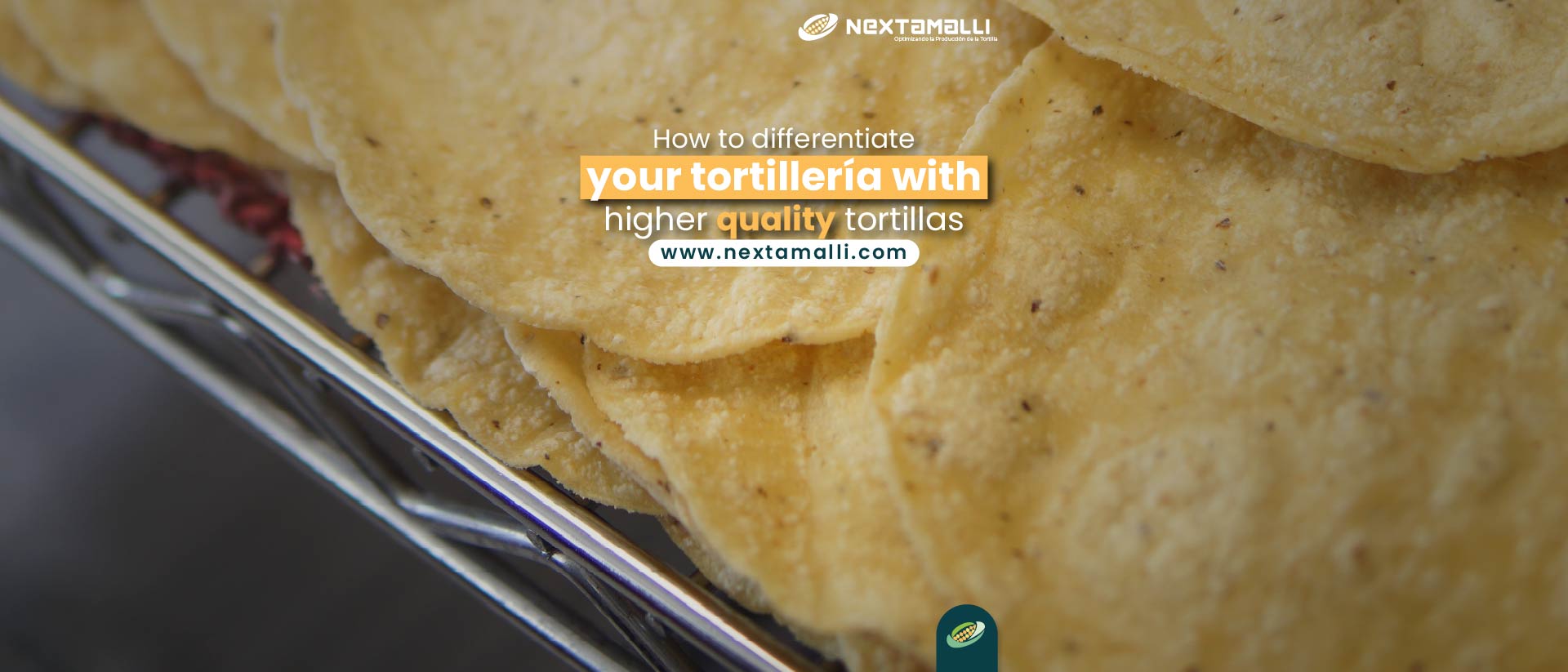The traditional nixtamalization process begins with cooking the corn grain in a 1% lime solution, at a proportion of corn, for a period of between 40 and 90 minutes. Then, the cooked corn is left to rest in its own cooking water from 8 to 18 hours so that the grains soften and the shell comes off. Finally, the nixtamal is ground in a mill or metate to obtain the dough, according to some studies (Paredes et al., 2009; Figueroa, 2010). In some places, ash obtained from the embers of the stove or tequesquite is used to make the nixtamal.
Nixtamalization is beneficial because it modifies the nutritional quality of the corn grain and the functional properties of the tortilla. In particular, the process increases the amount of amino acids such as lysine by a factor of 2.8 and the ratio of isoleucine to leucine by a factor of 1.8. Niacin is also released, which prevents pellagra and increases the bioavailability of essential amino acids. Additionally, nixtamalization increases the amount of calcium in the diet, which reduces the risk of osteoporosis. The process also improves the shelf life of the products, as it inhibits microbial activity and partially destroys aflatoxins in corn contaminated by Aspergillus flavus. These benefits have been demonstrated by various studies (Gómez-Aldapa et al., 1996; Katz, 1974; Reyes et al., 1998; Figueroa, 2010).
Also, when nixtamalization is done on a small scale, the resulting liquid (nejayote) is useful for feeding pigs or for hardening floors, as it contains a high concentration of soluble solids and lime. This information has been verified by research carried out by Elías-Orozco et al. (2002).
References:
- Figueroa, J.D.C. 2010. Science, technological development and innovation in Querétaro. History, reality and projections. Corn and tortilla: food, culture and tradition of Mexico. Contributions from Queretaro to its modernization. CINVESTAV-Querétaro. 30 p.m.
- Gómez, A.CA., Martínez B.F., Figueroa J.D.C., Ordorica F.CA. Gonzalez, H. J. 1996. Changes in some chemical and nutritional components during the preparation of corn tortillas, made with instant flours obtained by continuous extrusion. Latin American Nutrition Archives. 46(4):315-319.
- Elias-Orozco R., Castellanos-Nava A., Gaytán-Martínez M., Figueroa J.D.C., and Loarca-Piña G. 2002. Comparison of nixtamalization and extrusion processes for a reduction in aflatoxin content. Food Additives and Contaminants. 19(9):878-885.





